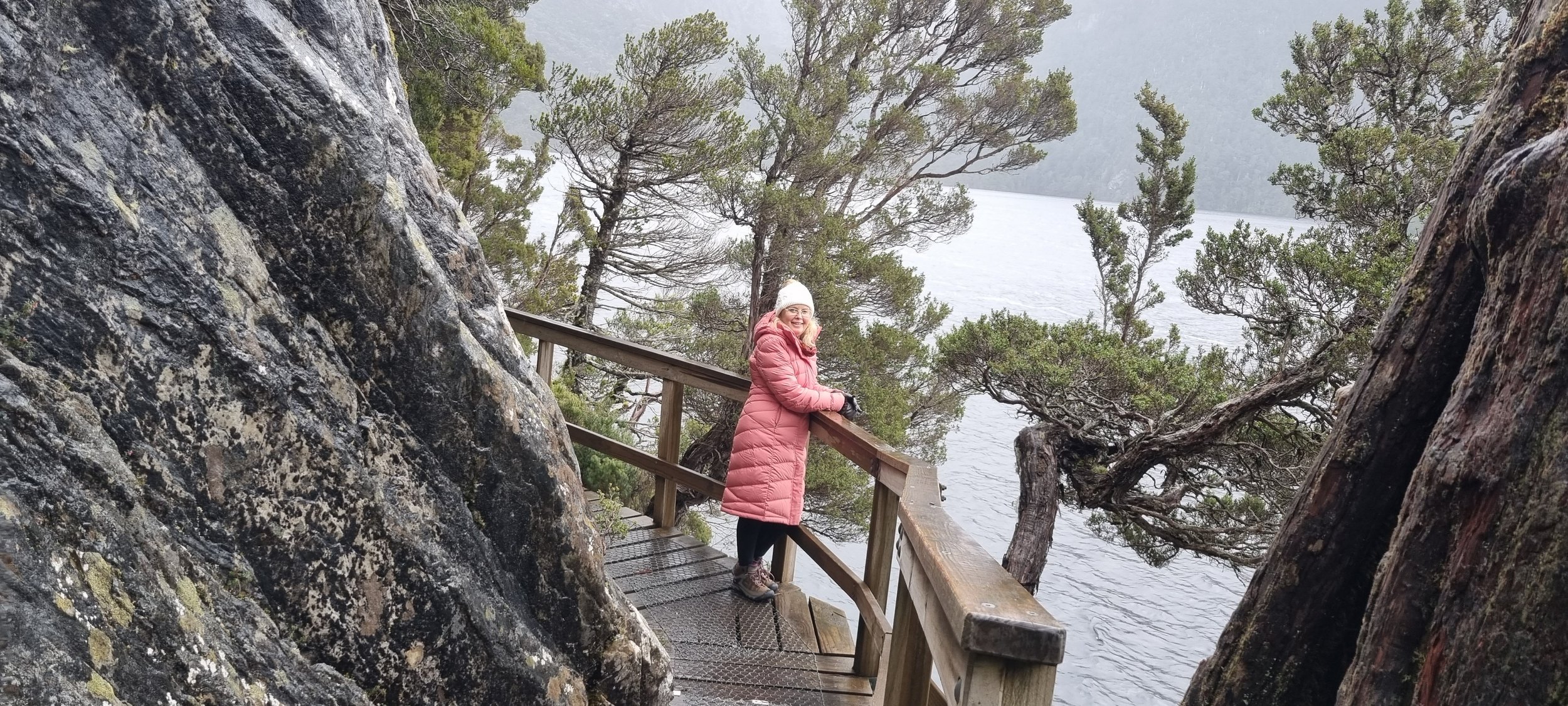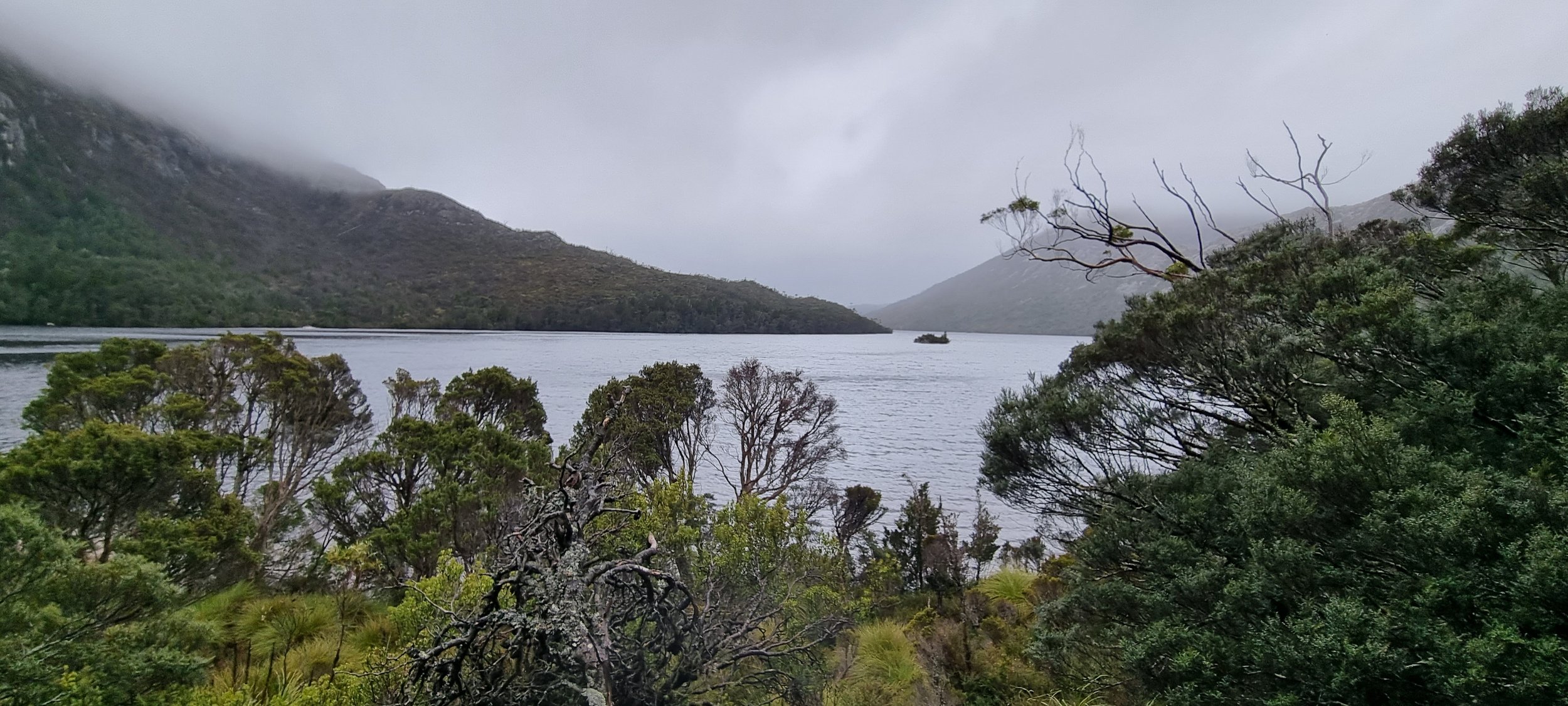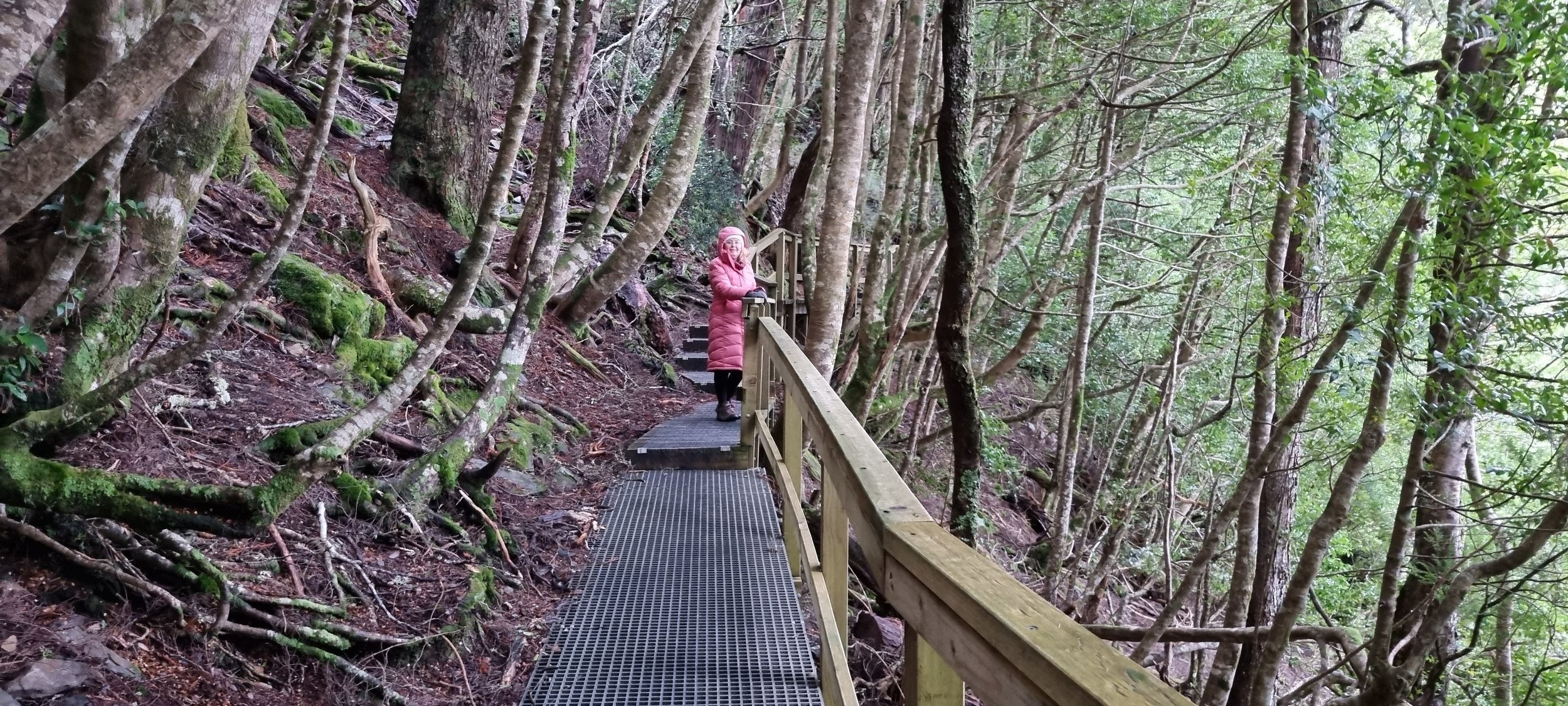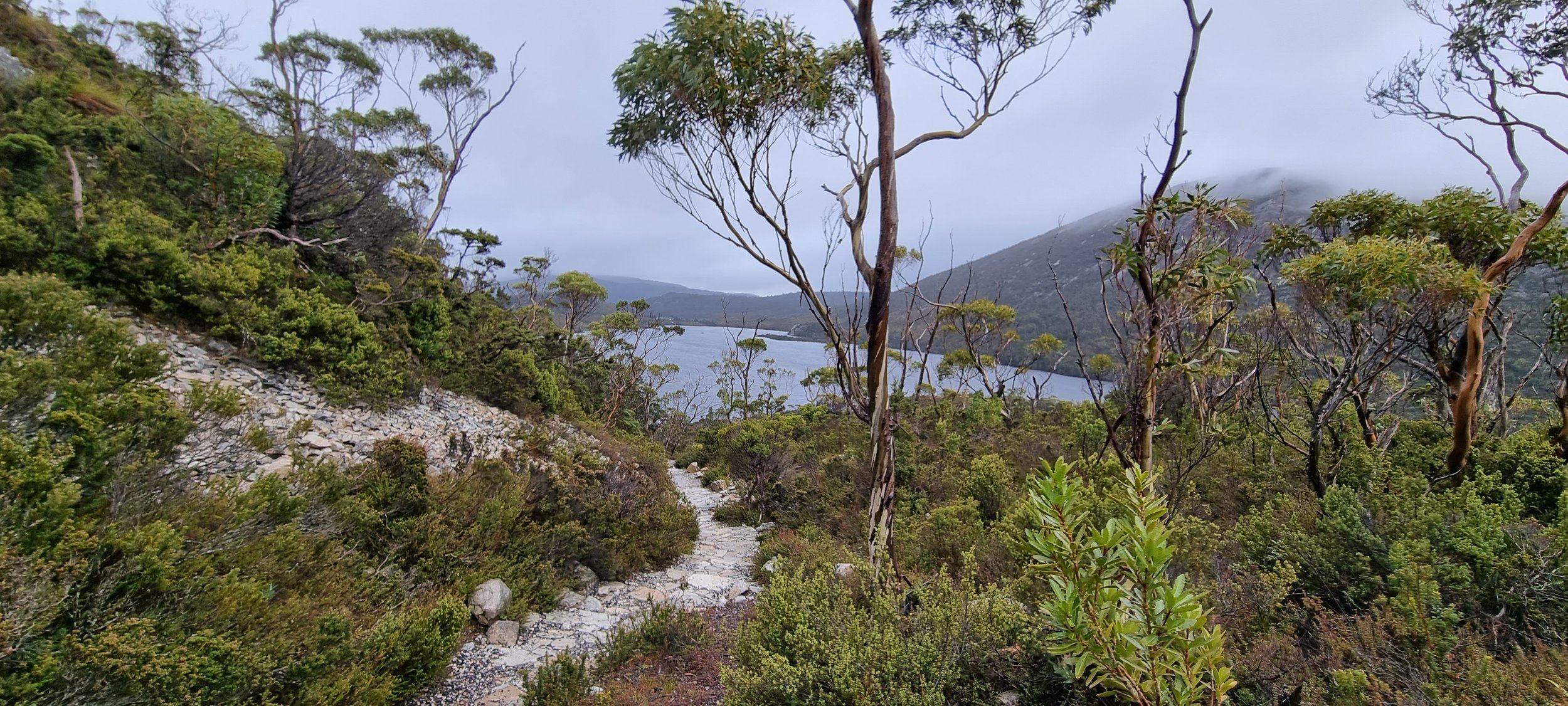I love writing middle grade fiction for readers aged 7 -12 years. There is so much potential to grip them with an adventurous story, but writing for this age group means a wide range in reading ability, not to mention their desire to read. That’s why in my Adamson Adventures series along with a great story full of tension and humour, I always like to include lots of factual information. Some readers enjoy fiction for all the fantasy and world building it entails, but others enjoy learning through reading factual texts. By combining the two, I hope to help bridge the gap between these different types of readers and encourage a love of reading in them all.
If you have read any of the three books in the Adamson Adventures series so far, you will know how extensive my research is. I take my readers on a journey from Bali, to the south coast of NSW and far out west in arid Queensland. Once I have a concept for a story, along with an idea of a location, I want to be able to write about the setting using all five senses, I need to experience that particular place myself. Photos, books and google searches can only help to a certain degree. There is nothing like immersing yourself in the scents, sights, sounds, tastes and feelings of the surroundings.
Pademelon are cute little marsupials that belong to the wallaby and kangaroo family. They are found all over Tasmania.
Far South region of Tasmania heading towards Cockle Creek and South West National Park Wilderness area.
That’s why in order to write book four, (title to be confirmed), I recently embarked on a trip to Tasmania. I always knew this story would be set in Tasmania, so to begin my research for the ideal setting I started googling possible best locations around the island. I also knew it had to be in the wilderness and accessible via campsites and walking tracks. Once I decided on the location, my next step was to go down there and experience it for myself. I spotted platypus, pademelons, a Tassie devil and a lyre bird all in the wild. Although the last two were too quick and elusive to catch on film. I inhaled Huon pine, gentle mist and rainforest ferns. I listened to thundering waterfalls and rolling rivers while leaf litter squelched underfoot. I tasted fresh powdery snow as it swirled in the air and landed on my nose, and welcomed log fires and warming hot chocolate. I hugged trees, patted bright green mosses and marvelled at four different types of leaf patterns in ferns that mingled in the same location. I was amazed by the splendour and magnificence of tall trees and the simple majestic wonder of the wilderness. I came home inspired and refreshed to start writing again.
For those non-Australian readers who have no idea where Tasmania is, it’s a relatively small island at the bottom of mainland Australia, that is included as one of our states. Tasmania is the southern most tip of our country and the place from where scientists embark on research trips to the Antarctic. New Zealand and Argentina are the only two countries closer to the Antarctic.
Map of Australia showing the states including Tasmania.
Map of Tasmania, showing Devonport in the top middle, Hobart down south and Cockle Creek near the southern tip.
Hubby and I spent six months living in Hobart, the capital of Tasmania, back in 1986, soon after we were married. On weekends we managed to travel around to see a few places, but as you can imagine, when you are busy working in a place, you don’t have the time to explore as much as you might like.
After all these years, I was very excited to return this July, now that all our states have reopened after two years of lockdowns. We decided not to fly and rent a car on arrival because I knew I wanted to explore roads and areas off the beaten track. Therefore, the best option for us, was to drive to Melbourne and take the ship across overnight. That way, we could take our old four wheel drive car and have no restrictions as to where we went. I was pleasantly surprised that we had calm seas on both the departure and return trips. Bass Strait is known for wild weather, so I counted us very lucky, perhaps it was even a good omen.
On disembarking at Devonport, (6;30 am ), we drove straight down the middle of the island to reach Hobart by mid-afternoon. I had booked accommodation there for five days to give us plenty of time to explore the far south region. Out first full day trip was a drive through the Huon Valley, to the beachside township of Southport along with the campgrounds and wilderness walks around Cockle Creek. Imagine my delighted surprise as I read information maps to find Bennett’s Point, Adamsons Peak and Adamsons Falls! Regrettably I didn’t walk in to see these as I am not an experienced bushwalker of that calibre. The tracks are overgrown, and extremely difficult to navigate, plus they would take far too many hours to traverse than I could manage. I had to be realistic. However, I did get a good feel for the area a couple of days later when we returned to do the walks around the thermal pool at Hastings Caves, as well as the Airwalk and the Swinging Bridges walk that take you over the fast flowing Huon River. The views of the forest wilderness were spectacular.
Detailed map of the Southern Wilderness area of Tasmania with Adamson’s Peak and Adamson’s Falls circled. Bennett’s Point is highlighted in orange.
Looking across Recherche Bay to Bennett’s Pont.
Swinging Bridges walk across the Huon River, Hastings Caves and Thermal Pool.
To my delight, after a couple of hours walking, we returned to the carpark to discover a Tasmanian Devil and a Lyrebird in the wild. Sadly they were both too quick to disappear into the thick foliage to capture on film. I did manage to buy a couple of cute cuddly toy Tasmanian Devils and Tigers for the grandkids. There are many stories about the now extinct Tasmanian Tiger, and I did purchase a number of books about them. Could they still be elusively hiding out there in the wilderness somewhere?
We were lucky to see a Tasmanian Devil in the wild, if only for a fleeting moment.
Tasmanian Tigers are believed to be extinct. The last one died in captivity at a zoo in Hobart in 1936.
Surprisingly, I also watched a platypus playing in the river outside her den one afternoon. I had booked a cosy little Bed and Breakfast for the night, and on booking the owner has assured us that if we were there by 3:30 pm, we would be able to see the platypus at play. I didn’t believe the platypus would be there, but as we were served afternoon tea by the river bank, sure enough, the platypus arrived right on cue.
Our hosts also believed it would be a good night for seeing the Aurora Australis and suggested a great spot for viewing. Unfortunately as we waited, we watched the rain come across the valley and set in, spoiling any hopes of us catching a glimpse of this amazing phenomenon. I was so close to ticking this one off my bucket list, perhaps I’ll have to head to the northern hemisphere and see the Aurora Borealis instead.
Platypus in the river at Geeveston.
Aurora Australia courtesy of Wallpaper Flare
After my exploration down south was complete, we continued to discover more of the beauty of the Tasmanian wilderness through walks in Mt Fields Nation Park and Cradle Mountain. My initial plan on the day we headed to Mt Fields, was to just do the walks to the waterfalls, but hubby had other ideas. We drove up to the end of the road at the top of the mountain where we embarked on the most fabulous walk around Lake Dobson. The change in vegetation and diversity in plant life at the top compared to the rainforest and waterfalls further below was incredible. I took so many photos for my research and was inspired with lots of ideas.
Horseshoe Falls, Mt Fields National Park.
We hadn’t planned on a visit to Cradle Mountain as we had been there all those years ago, but I was so glad we did. This time we managed the 6.5 Km ( 4 miles) around Dove Lake. It was 2 !/2 hours of enchanted rainforest, squeezing around overhanging rocks, stepping over thick vines, massive tree roots and stone stairs that climbed up a hill and back down the other side. The park ranger informed me it wasn’t called Heartbreak Hill for nothing! All the while the rain drizzled off and on, causing the track to become quite slippery in places, but it was so worth it for the striking views of the lake and the rugged mountains that occasionally peaked out from behind fog or misty clouds. On checking the weather forecast for the next few days, we learned that snow was predicted. I was so glad we decided to stay, we were rewarded with a winter wonderland of fresh powdered snow that blanketed the resort and the mountains as far as the eye could see. Naturally, I had to head out for another walk in the fresh snow before too many footsteps turned the tracks to ice and mush.
Snowfall at Cradle Mountain.
I feel like my writing has slowed somewhat over the last two years, covid and lockdowns have not been conducive to my imagination. But this research trip was the prescription I needed. I have returned home inspired, motivated and keen to put pen to paper. Hopefully the next great Adamson Adventure will flow from my hands and be ready for publication sometime next year.
Do you do research to help you write your fiction books?
How do you do your research for your fiction books?














